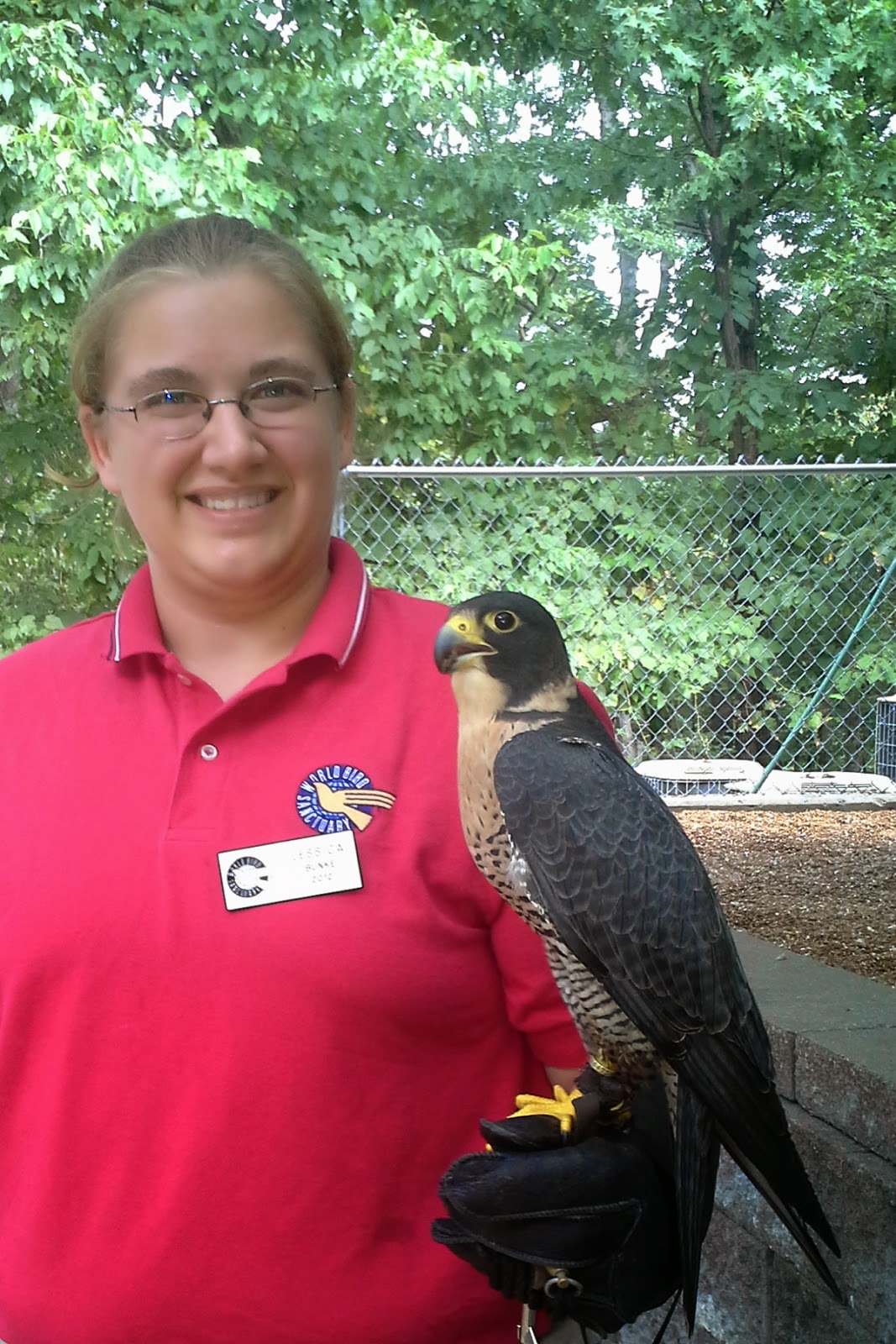Whether it be on an
outdoor adventure or simply in your backyard, you may have spotted a tree with
rows of holes in the bark and wondered to yourself, “What sort of creature made
these?”
A dying Birch tree with rows of sapwells (photo: The Wikipedia files)
I recently came upon one
such tree and was struck with a great curiosity to learn more. As you can see
in the photograph, there are many rows of holes.
A male Yellow-bellied Sapsucker (photo: The Wikipedia files)
The creature who made
the holes is a Yellow-bellied Sapsucker. It is mostly black and white
with a red and black face. The black head feather
parts curve down from the bill and eyes to the back of the head and
breast shield. Males have a red throat whereas females’ throats are more
of a buff brown. Keep an eye open for that thick white wing bar as well.
A female Yellow-bellied Sapsucker (photo: The Wikipedia files)
This woodpecker, as its
name suggests, drills what are called sapwells into a tree’s bark and laps at
the sap and any unlucky insects hidden within
the tree. The brush-like tongue allows for easy access to those yummy
treats. Although they prefer Maples and Birches, this bird will feed from
many tree species with sap that has high sugar
content.
Not only do
Yellow-bellied Sapsuckers eat sap and insects from beneath the tree bark, they have also been known to eat
fruit. And, don’t forget to keep an eye on those suet feeders as they
will occasionally take an easy snack found in your neighborhood.
Don’t be surprised if
you have some other visitors to a Yellow-bellied Sapsucker sapwell. The
Ruby-throated Hummingbird will delight in a sap stop as will many other birds.
The next time you visit
the World Bird Sanctuary be sure to
keep an eye out for these interesting birds. You never know what birds you may see when walking our
trails or sitting on the benches surrounding our bird feeding stations.
Submitted by Leigh
French, World Bird Sanctuary Grants Farm Show Trainer

.jpg)
























.jpg)














